How-To Guides
This guide provides a focused, step-by-step walkthrough for running the RabbitHole agent, clients, and test suite.
Prerequisites
Section titled “Prerequisites”- Python 3.11+
- Git
- Docker (Optional, for containerized deployment)
Running the Agent (Local Development)
Section titled “Running the Agent (Local Development)”This method uses a local Python virtual environment and is ideal for development and testing.
Step 1: Clone and Install
Section titled “Step 1: Clone and Install”# Clone the repositorygit clone https://github.com/VinsmokeSomya/RabbitHole.gitcd RabbitHoleStep 2: Create and activate a virtual environment
Section titled “Step 2: Create and activate a virtual environment”Step 3: Install Dependencies
Section titled “Step 3: Install Dependencies”# Install in editable mode with development dependenciespip install -e ".[dev]"Step 4: Set Up Your API Key
Section titled “Step 4: Set Up Your API Key”The agent needs a Large Language Model (LLM) to function.
- Navigate to the agent directory:
cd rabbithole/agent/adk - Copy the template environment file:
cp .env.template .env - Open the new
.envfile and add yourGOOGLE_API_KEY.
Step 5: Run the Agent Server
Section titled “Step 5: Run the Agent Server”From the rabbithole/agent/adk directory, start the server:
# This will run the __main__.py in the current directorypython .The server will start on http://localhost:10000. Leave this terminal window running.
Step 6: Run the CLI Client
Section titled “Step 6: Run the CLI Client”Open a new terminal window, activate the virtual environment again, and run the following:
# Navigate to the CLI directorycd rabbithole/cli
# Run the client, pointing to the agent serverpython . --agent http://localhost:10000You can now chat with your agent via the command line.
Step 7: Run the Streamlit UI
Section titled “Step 7: Run the Streamlit UI”To use the web interface, open a new terminal window, activate the virtual environment, and run the following from the project’s root directory:
streamlit run rabbithole/ui/streamlit_app.pyOpen the URL provided (usually http://localhost:8501) in your browser.
Running the Agent (Docker)
Section titled “Running the Agent (Docker)”This method runs the agent in a container, which is great for production-like environments.
Step 1: Build the Docker Image
Section titled “Step 1: Build the Docker Image”From the project’s root directory, run:
docker build -t rabbithole-adk-agent .Step 2: Run the Docker Container
Section titled “Step 2: Run the Docker Container”Run the image and inject your API key as an environment variable.
# Replace "YOUR_API_KEY" with your actual Google API keydocker run --rm -it -e GOOGLE_API_KEY="YOUR_API_KEY" -p 10000:10000 rabbithole-adk-agentThe agent server is now running inside the container and is accessible on localhost:10000.
Step 3: Connect with the CLI Client
Section titled “Step 3: Connect with the CLI Client”You can use the same local CLI client from Step 4 of the local development section to connect to the Dockerized agent.
Running the Test Suite
Section titled “Running the Test Suite”This is crucial for contributors to ensure that no changes have broken existing functionality.
Step 1: Ensure Dev Dependencies are Installed
Section titled “Step 1: Ensure Dev Dependencies are Installed”Make sure you have installed the project using the [dev] extra, as shown in the local development setup.
Step 2: Run Pytest
Section titled “Step 2: Run Pytest”From the project’s root directory, simply run:
pytestThis will discover and run all the tests in the tests/ directory.
